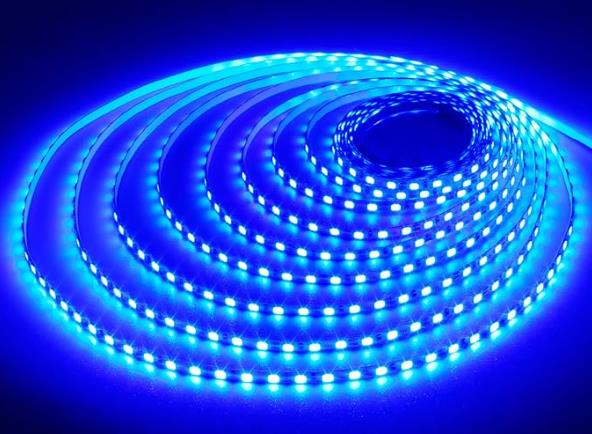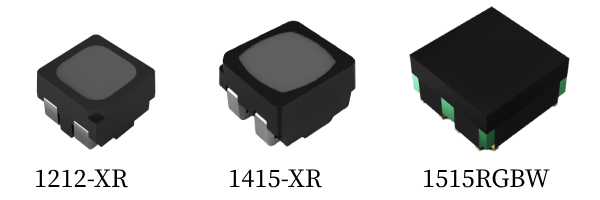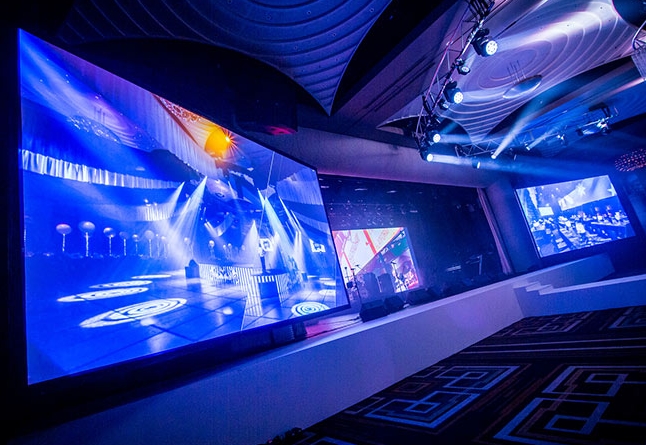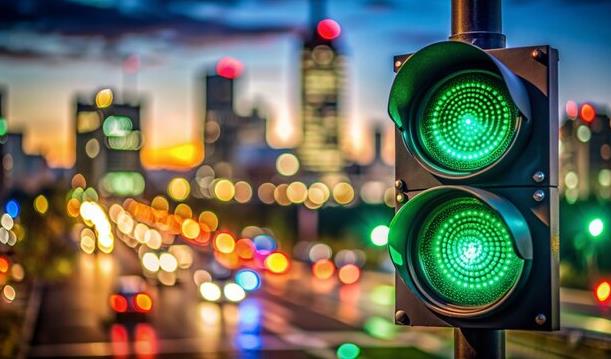As a widely used light source, LED is favored by users for its advantages such as high efficiency, energy saving, fast response and long service life. So, what technical parameters of LED should we pay attention to? Here in this article, we will explore some important technical parameters of LED, and learn about the main application fields of LED and the development prospects of LED.

LED, the full name of which is Light Emitting Diode, is a semiconductor electronic component that can convert electrical energy into light energy. It is made of compounds containing gallium (Ga), arsenic (As), phosphorus (P), nitrogen (N), etc., and can radiate visible light when electrons and holes recombine.
Color temperature: In degrees Kelvin (K), it indicates the color tone of the LED light source, such as 3000K for warm light and 5000K for white light.
Color rendering index (CRI): refers to the contrast percentage between the LED light source and the natural light source, ranging from 0-100%. The higher the CRI, the better the light source is at restoring the color of the object.

Kinglight XR Series1 & 1515RGBW LEDs offer over 90 CRI for the best color reproduction
Peak wavelength: The wavelength corresponding to the maximum spectral radiation power, mainly used for optical instrument identification.
Main wavelength: The wavelength corresponding to the color of the main light emitted by the light source that the eye can see.
These two parameters have an important impact on the selection and color performance of LEDs.
These technical parameters are crucial to evaluating the performance and quality of LED displays. Choosing a suitable LED display requires comprehensive consideration of multiple factors.
As an advanced solid-state light source technology, LED has a wide range of applications. The following are the main application areas of LED:
Display screen: LED display screens are widely used in advertising media, sports stadiums, stage backgrounds, municipal engineering and other fields due to their high brightness, high definition and long life. LED full-color display screens have become an important medium for modern information dissemination due to their large display area, stunning visual effects and personalized needs.

LED display
General lighting: LED lighting fixtures gradually replace traditional lighting sources, such as incandescent lamps, fluorescent lamps, etc., and are used in various fields such as home, business, and industry. LED lamps are widely welcomed by the market for their advantages such as high efficiency and energy saving, environmental protection and mercury-free, and long life.
Landscape lighting: In urban night scenes, building lighting, garden landscapes, etc., LED light sources have become an important means of creating beautiful night scenes with their rich colors, good controllability and energy saving.
Special lighting: Such as car lights, flashlights, mining lamps, etc., LED light sources have also been widely used in these fields due to their high brightness, low power consumption, and fast response speed.
LED indicators are widely used in various electronic devices, instruments and traffic lights due to their small size, low power consumption and long life. Especially in the field of traffic lights, LED lights have greatly improved the safety of road traffic with their advantages of high brightness, fast response and long life.

LED traffic lights
In liquid crystal displays (LCDs), LEDs are used as backlight sources to improve the brightness and color expression of the display. With the continuous advancement of technology, LED backlight sources have been widely used in electronic products such as LCD TVs, laptops, and mobile phones.
Decoration and beautification: Due to its rich colors and easy-to-control characteristics, LED is also often used in holiday decorations, art installations and other fields, adding color and fun to people’s lives.
Optical communication: LED also has important applications in the field of optical communication, such as light sources and detectors in optical fiber communication systems.
In summary, the application field of LED is very wide, covering information display, lighting, indicator lights and signal lights, backlight sources and many other aspects. With the continuous advancement of technology and the reduction of costs, the application prospects of LED will be broader.
The development prospects of LED are very broad, mainly due to its unique technical advantages and expanding application areas. The following is a detailed analysis of the development prospects of LED:
Performance improvement: With the continuous innovation and improvement of LED technology, the brightness, color reproduction, viewing angle and other performances of LED products have been significantly improved, giving LED displays more advantages in display effects.
Cost Reduction: The manufacturing cost of LED displays has gradually decreased, further promoting its widespread application in various fields. This will make LED products affordable for more industries and users, thereby expanding market demand.
Policy support: The country has introduced a series of policies to support the development of the LED industry, including financial subsidies and tax incentives, which provide strong support for the development of the LED industry. These policies not only promote the research and development and application of LED technology, but also promote the standardization and standardization of the LED industry.
Standardization: With the continuous improvement of industry standards, the quality and performance of LED products will be further improved, which is conducive to the healthy development of the industry.
Display Market: LED displays are widely used in advertising, media, commercial displays, stage performances and other fields. With the continuous advancement of technology and the growing demand for applications, the market size of LED displays will continue to expand.
Lighting Field: LED lighting products are gradually replacing traditional lighting sources and becoming the main lighting method. Especially in the fields of home lighting and commercial lighting, the demand for LED lighting products is growing.
Other Fields: LED products are also used in medical, agricultural, industrial control and other fields, providing strong support for the development of related industries. With the continuous maturity of technology and the further reduction of costs, the application areas of LED products will continue to expand.
Accelerated urbanization: With the acceleration of urbanization and the improvement of public facilities, outdoor advertising, urban lighting and other fields have put forward a large demand for LED display screens.
Consumption upgrade: With the improvement of people’s living standards and the change of consumption concepts, the demand for high-quality and high-performance LED products continues to increase.
Emerging application fields: The development of emerging application fields such as XR virtual production and LED movie screens has also brought new growth points to the LED industry.
Chinese LED companies occupy a pivotal position in the global market, and many companies such as Absen, Leyard and Unilumin Technology have performed well in the global market. With the acceleration of the internationalization process, Chinese LED companies will further expand overseas markets and enhance their international competitiveness.
In summary, the development prospects of LED are very broad. With the continuous advancement of technology, continuous policy support, continuous expansion of application areas and continuous growth of market demand, the LED industry will continue to maintain a steady development trend and provide more development opportunities and market space for related industries.